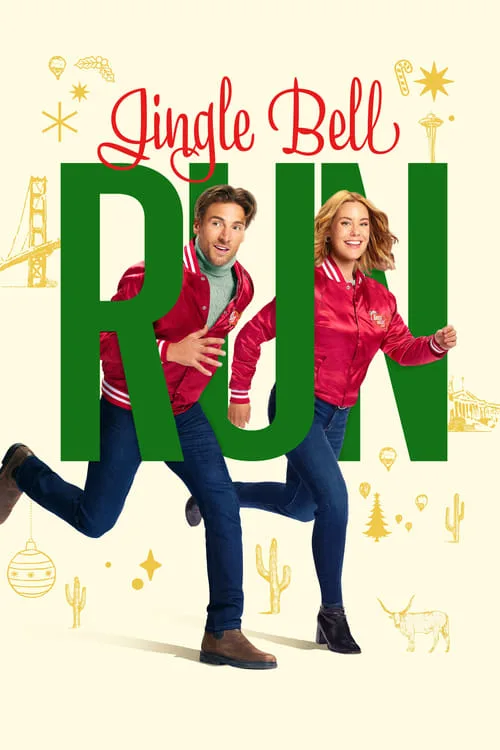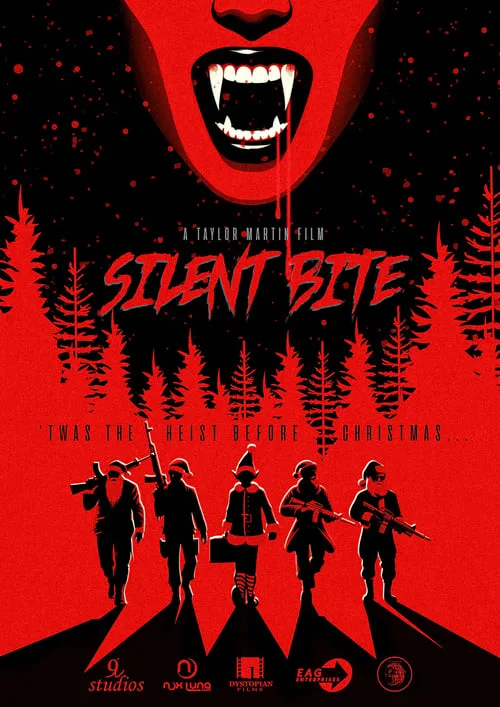A Troubled Tale of Horror and Humanity
The Deliverance could have thrived as a compelling domestic drama that grapples with the heavy, real-world challenges of addiction, poverty, and racism. These are themes that director Lee Daniels knows intimately, having previously tackled similar subjects with remarkable depth in his Academy Award-winning film Precious (2009). Daniels has established himself as a filmmaker with a knack for portraying complex characters and raw, often painful relationships, evident in works like The Paperboy and The United States vs. Billie Holliday. With an impressive ensemble cast that includes Andra Day, Glenn Close, Aunjanue Ellis-Taylor, and Precious Oscar winner Mo’Nique, the film initially sets high expectations.
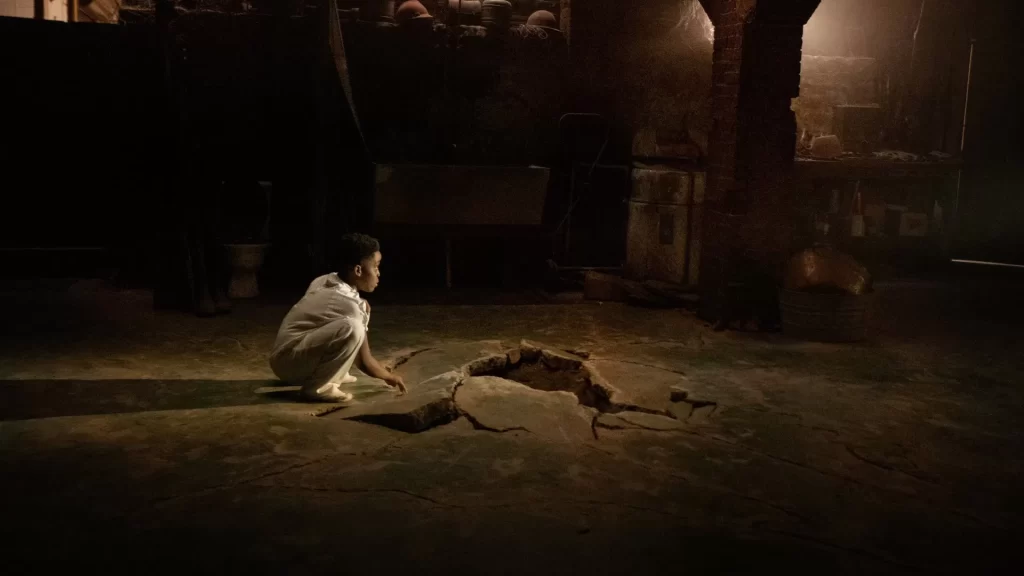
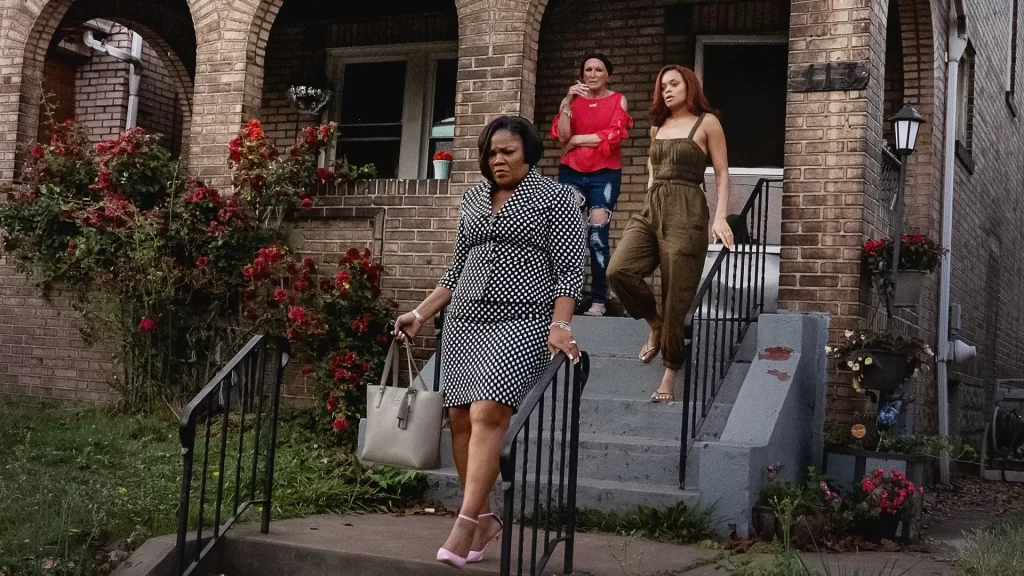
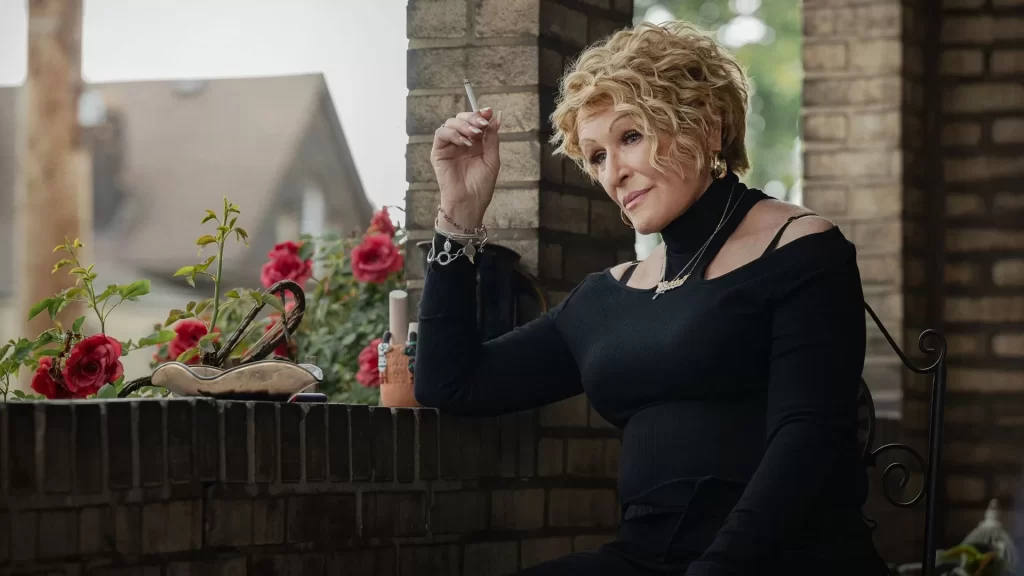
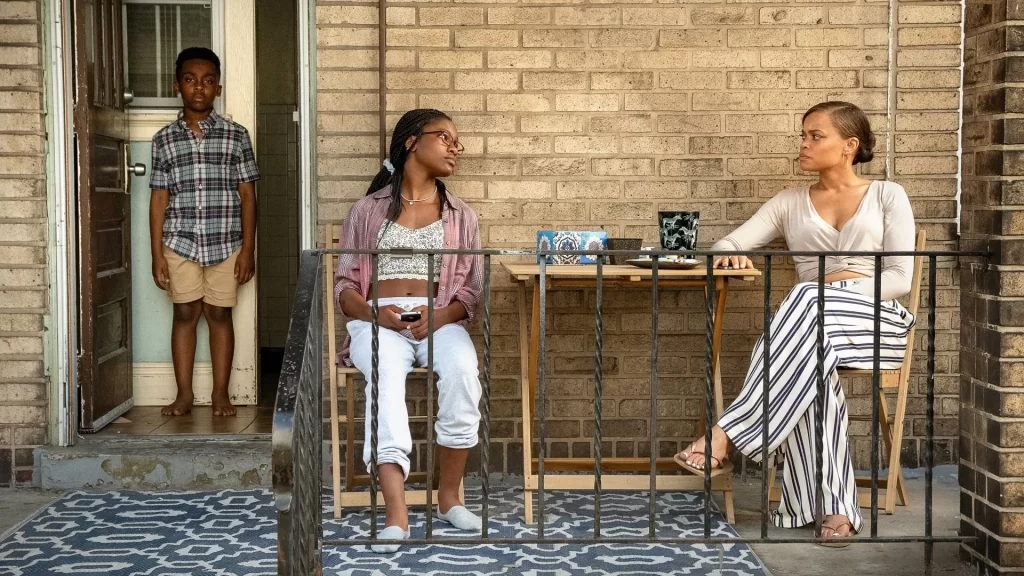
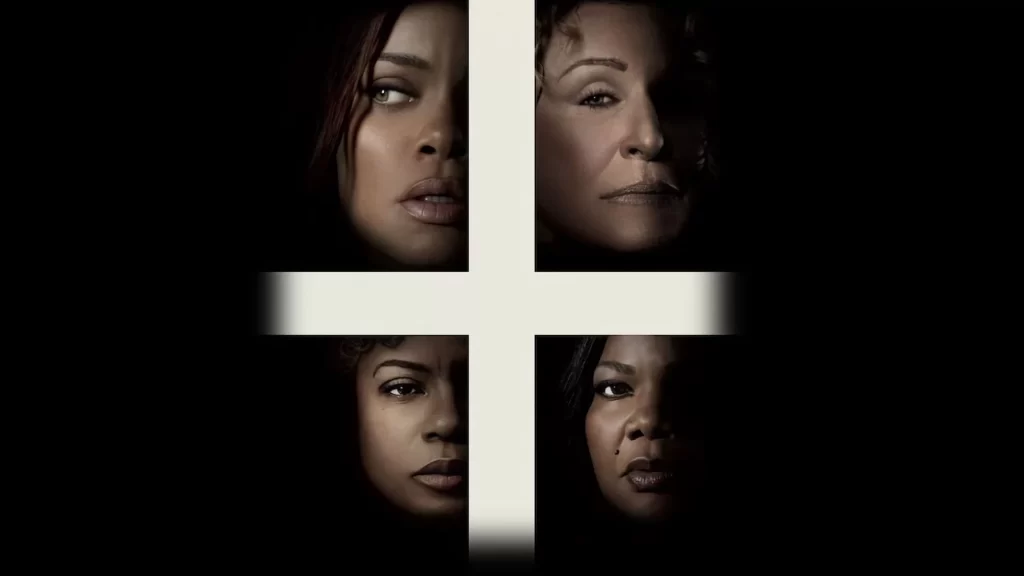
However, Daniels ultimately merges this promise with a conventional horror narrative centered on demonic possession, leading to a jarring clash of genres that dilutes the film’s impact. The film struggles to reconcile these two disparate elements, and as it shifts into full-blown genre territory, it relies on familiar horror tropes: children climbing walls, unsettling dialogue from the young, and the eerie sound of bodies contorting into unnatural shapes.
The film shines when Day’s character, a single mother named Ebony, confronts her metaphorical demons rather than her literal ones.
Inspired by the true story of Latoya Ammons, who experienced strange phenomena after moving into a rental home in Gary, Indiana, in 2011, The Deliverance reimagines this narrative within the context of Day’s character’s unstable home life in working-class Pittsburgh. The screenwriters, David Coggeshall and Elijah Bynum, transport the core idea to Ebony’s chaotic household, where she wrestles with raising her three children—teenagers Nate (Caleb McLaughlin) and Shante (Demi Singleton) and their younger brother, Andre (Anthony B. Jenkins)—while caring for her ailing mother, Alberta (Glenn Close), who is battling cancer. This immense responsibility would be overwhelming for anyone, but Ebony is also an alcoholic grappling with her sobriety.
Close’s portrayal of Alberta is both brash and compelling, with her character sporting flashy wigs and cold-shoulder tops while chain-smoking. This performance is a stark contrast to her more restrained role as Mamaw in Hillbilly Elegy.
Mo’Nique takes on the role of a Child Protective Services agent investigating reports of abuse and neglect within the household, setting the stage for escalating concerns as the children begin to exhibit alarming behavior at school. A particularly striking moment occurs when Ebony delivers a swift backhand to her youngest child for speaking out of turn at the dinner table, highlighting the urgent need for intervention. Mo’Nique’s character embodies a blend of world-weariness and genuine concern, while Ellis-Taylor brings warmth and strength as an apostle—though she insists she is not an exorcist—who may serve as the family’s savior. Unfortunately, once the supernatural elements of the story surface, the film begins to falter.
The film’s unsettling nature doesn’t stem from its supernatural content; rather, it feels too familiar and safe. Once the narrative overtly shifts to focus on a demon preying on Ebony’s family, it loses the edge that made the earlier domestic struggles so compelling. This shift is frustrating, especially considering Daniels’s reputation for embracing the lurid and melodramatic aspects of storytelling.
For a time, Ebony stands as an unreliable narrator, leaving the audience guessing about the line between her drunken delusions and genuine threats. However, once the film pivots to a more conventional horror narrative, Daniels struggles to maintain the raw intensity established in earlier scenes. The underwhelming visual effects fall short of creating a sense of terror, especially when compared to the very real dangers the children face daily. Ultimately, the film culminates in a rushed and awkwardly optimistic ending that feels misaligned with the darker themes explored throughout.
Positive Aspects
- Compelling Performances:
- Exploration of Personal and Supernatural Demons:
- The film effectively explores the intersection of personal struggles and supernatural elements. Ebony’s battles with alcoholism, financial difficulties, and unresolved family issues are paralleled with the haunting occurrences in their new home, providing a rich narrative layer 4 5 6.
- Strong Ensemble Cast:
- The film features a strong ensemble cast, including notable performances from Mo’Nique as a social worker and Caleb McLaughlin as one of Ebony’s children. The cast’s raw and honest portrayals contribute significantly to the film’s emotional impact 7 8 9.
- Cultural and Social Commentary:
- “The Deliverance” offers commentary on the challenges faced by Black families, particularly those involving biracial dynamics and socio-economic struggles. This cultural focus adds a unique perspective to the horror genre, making the film more than just a typical possession story 10 11 12.
- Visual and Practical Effects:
- The film employs practical effects and violent action sequences in its final act, which, despite some criticisms, are noted for their intensity and impact. These elements help to heighten the horror experience, even if they are not universally praised 13 14.
Mixed to Negative Aspects
- Inconsistent Pacing and Structure:
- Critics have pointed out that the film’s pacing is uneven, with the first half focusing heavily on domestic drama and the horror elements taking too long to develop. This imbalance detracts from the overall tension and suspense 15 16 17.
- Predictable and Clichéd Horror Elements:
- Tacky CGI and Visuals:
- Overly Long Runtime:
- At 1 hour and 52 minutes, the film is considered too long for a classic haunted house story. The extended runtime contributes to the pacing issues and makes the film feel dragged out, especially in its final act 22 23.
- Missed Opportunities for Deeper Commentary:
“The Deliverance” (2024) is a Netflix horror film that blends domestic drama with supernatural horror, based on the true story of Latoya Ammons. Directed by Lee Daniels, the film features strong performances from Andra Day and Glenn Close, and offers a unique cultural perspective on the horror genre. However, it suffers from inconsistent pacing, predictable horror elements, and tacky CGI, which detract from its overall impact.
For viewers interested in a horror film that delves into personal and supernatural struggles, “The Deliverance” provides a mixed but intriguing experience. Its exploration of family dynamics and cultural issues adds depth, even if the execution of its horror elements falls short.
| Factual Information | Details |
|---|---|
| Title | The Deliverance |
| Release Year | 2024 |
| Director | Lee Daniels |
| Screenwriters | David Coggeshall, Elijah Bynum |
| Main Cast | Andra Day, Glenn Close, Mo’Nique, Aunjanue Ellis-Taylor, Caleb McLaughlin, Demi Singleton, Anthony B. Jenkins |
| Genre | Horror, Drama |
| Runtime | 100 minutes |
| Production Company | Lee Daniels Entertainment |
| Key Themes | Addiction, poverty, racism, family dynamics, supernatural elements |
| Inspiration | Based on the true story of Latoya Ammons |
Frequently Asked Questions
What is The Deliverance about?
The Deliverance is a horror-drama film that follows a single mother, Ebony, as she navigates the challenges of addiction, poverty, and familial strife while facing supernatural threats in her home.
Who directed The Deliverance?
The film is directed by Lee Daniels, known for his previous works such as Precious and The United States vs. Billie Holliday.
What themes are explored in the film?
The film addresses themes of addiction, poverty, racism, family dynamics, and the impact of supernatural elements on everyday life.
Is The Deliverance based on a true story?
Yes, the film is inspired by the real-life case of Latoya Ammons, who reported supernatural occurrences in her home in Gary, Indiana, in 2011.
Who are the main actors in The Deliverance?
The film features an impressive cast, including Andra Day, Glenn Close, Mo’Nique, Aunjanue Ellis-Taylor, Caleb McLaughlin, Demi Singleton, and Anthony B. Jenkins.
What is the runtime of the film?
The Deliverance has a runtime of 100 minutes.
How has the film been received by audiences?
Audience reception has been mixed, with some appreciating the performances and exploration of serious issues, while others feel the film struggles to balance its horror and drama elements effectively.

